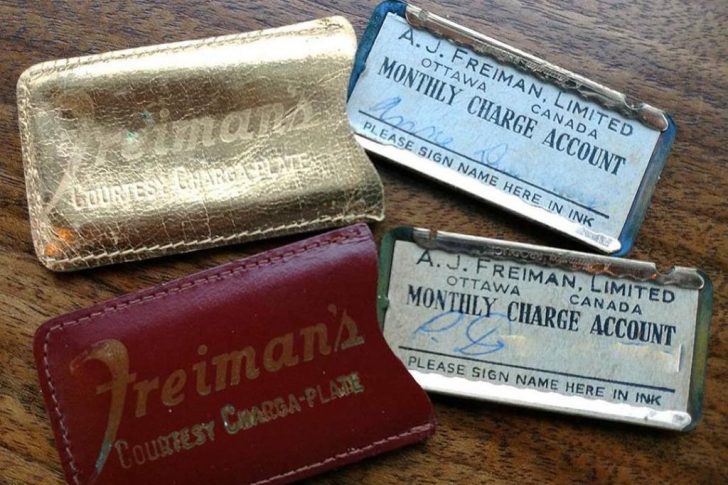Credit card evolution spans centuries, from ancient trade agreements to today’s advanced digital payment systems. What began as rudimentary IOUs in Mesopotamia now powers global economies, highlighting humanity's ingenuity in facilitating transactions. This comprehensive guide will explore everything you need to know about the evolution of credit cards.
The Earliest Concepts of Credit
The origins of credit trace back thousands of years to Mesopotamian clay tablets. These documented agreements to purchase goods immediately while promising future payment. This early concept of "buy now, pay later" established the foundation for credit-based transactions. Farmers and merchants expanded on this by using metal tokens in the Old West, precursors to modern credit systems.
The Advent of Store-Specific Cards
By the early 20th century, store cards emerged as a practical way to manage customer transactions. In the 1930s, Charga-plates, metal plates issued by department stores, simplified bookkeeping. These cards carried customer information and enabled purchases on credit. This laid the groundwork for the 1950 launch of the Diners Club card. Initially accepted by select restaurants, this card transformed payment processes, eliminating the need to carry cash.

@lostottawa | Instagram | In the 1930s, Charga-plates, metal plates issued by department stores, simplified bookkeeping.
Bank-Issued Credit Cards Revolutionize Finance
American Express introduced its charge card in 1958, providing a revolutionary alternative to cash payments. Customers could pay balances monthly in exchange for an annual fee, marking a shift in financial services. Shortly after, Bank of America launched the BankAmericard, offering revolving credit. While initial adoption faced challenges, it ultimately succeeded, and in 1976, it was rebranded as Visa, symbolizing its universal appeal.
The Rise of Mastercard and Interbank Cooperation
Inspired by the success of Visa, a coalition of banks formed the Interbank Card Association in 1966. Their product, initially called Master Charge, evolved into Mastercard in 1979. This collaboration expanded credit card accessibility and enabled seamless transactions across financial institutions. By fostering interbank cooperation, these cards became integral to daily life.
The Evolution of Credit Card Technology
The 1960s marked significant advancements with the introduction of the magnetic stripe. Invented by IBM’s Forrest Parry, this feature allowed cards to store information and enabled point-of-sale swiping. Despite its convenience, magnetic stripe technology had vulnerabilities, leading to widespread fraud. The development of chip technology in France during the 1960s provided a safer solution. By embedding microprocessors, these cards reduced fraud and enhanced transaction security.
In 1994, Europay, Mastercard, and Visa collaborated to establish a global standard for chip-enabled cards, known as EMV. The introduction of contactless payment systems using Near Field Communication (NFC) further revolutionized card usage. Today, smartphones and wearable devices integrate these technologies, making transactions faster and more secure.

Towfiqu barbhuiya | Pexels | In 1994, Europay, Mastercard, and Visa collaborated to establish a global standard for chip-enabled cards.
The Global Spread of Credit Cards
Diners Club pioneered international card acceptance in 1953, enabling global transactions. By the 1970s, BankAmericard and other major players expanded their reach, fostering a global credit network. This international acceptance transformed credit cards into essential tools for business and travel, bridging financial systems across borders.
Credit Scores and Their Role in Credit Card History
The modern credit system relies heavily on credit scores to evaluate individual financial responsibility. Before the 1950s, lenders judged borrowers by reputation or personal relationships. This changed with the creation of the FICO Score, developed by William Fair and Earl Isaac. Debuting in 1989, the FICO Score standardized creditworthiness evaluation, influencing credit card approvals and interest rates.
The evolution of these scoring systems underscores their importance in today’s financial landscape. They empower lenders with data-driven insights, ensuring responsible credit allocation and enabling individuals to manage their financial health effectively.





